Strategies to Improve Your Balance and Stability
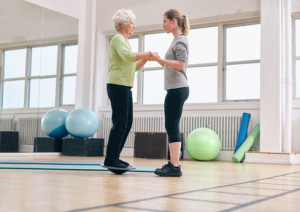 Challenges with balance and stability can happen to all of us as we get older, but is certainly more prevalent in our Parkinson’s community. Maintaining lower body strength in conjunction with balance is very important as it decreases one’s chances of falling. Balance is defines as the state of having your weight spread equally so you do not fall; stability is the quality or state of something that is not easily moved. In order to maintain balance and stability, we need to have our center of gravity over a strong base of support. If your center of gravity standing upright is the area of your belly button – then your feet are your base of support. Standing with both feet on the ground spread just past shoulder width offers a stronger base of support than standing on one leg or with your feet very close together.
Challenges with balance and stability can happen to all of us as we get older, but is certainly more prevalent in our Parkinson’s community. Maintaining lower body strength in conjunction with balance is very important as it decreases one’s chances of falling. Balance is defines as the state of having your weight spread equally so you do not fall; stability is the quality or state of something that is not easily moved. In order to maintain balance and stability, we need to have our center of gravity over a strong base of support. If your center of gravity standing upright is the area of your belly button – then your feet are your base of support. Standing with both feet on the ground spread just past shoulder width offers a stronger base of support than standing on one leg or with your feet very close together.
There are many issues that can affect your ability to balance yourself while standing or walking. Trouble with vision, lack of lower body strength, poor posture, medications, low blood pressure, and inability to properly lift our feet are all contributors. So how can you better prepare yourself to stay strong on your feet?
Slow Rise: When standing up from a chair or rising out of bed – do so slowly and wait about 5 seconds before you begin to walk. This enables your body to adjust to the change of position.
Hands Free: Keep at least one hand free at all times while walking – carrying an object with both hands can interfere with your ability to balance.
Arm Swing: Attempt to swing both arms from front to back while walking – this also helps maintain an upright posture and reduces fatigue.
Walk Consciously: Always strive to consciously lift your feet off the ground while walking; a shuffling gait can cause one to trip.
Make a U-Turn: When trying to navigate a turn while walking, use a “U” technique of facing forward and making a wide turn as opposed to pivoting sharply.
Helping Aides: Don’t be intimidated by canes, walking sticks, walkers or grab bars. These helpful devices can keep you safe and prevent a fall.
Keep it Simple: Only do one thing at a time when you are on your feet. Using a phone, gazing around, or even drinking a beverage can be a distraction and affect your balance.
In addition to taking these steps to maintain your balance and stability – take precautions in your home to make it safe. Loose throw rugs, scurrying pets, wet bathtubs and slippery staircases can cause danger in your home and throw even the most strong and stable person off balance. Also, working with a fitness professional to strengthen your stomach and leg muscles will help keep you more stable and lessen your likelihood of falling if you were to lose your balance. A strong body is a more stable body!
Carisa Campanella, BA, AS, is an ACE Health Coach and ACSM Personal Trainer. She is the Program Manager at the Neuro Challenge Foundation for Parkinson’s. Neuro Challenge provides ongoing monthly support groups and educational programs, individualized care advising and community resource referrals to help empower people with Parkinson’s and their caregivers.

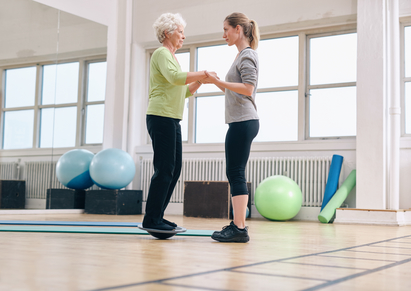
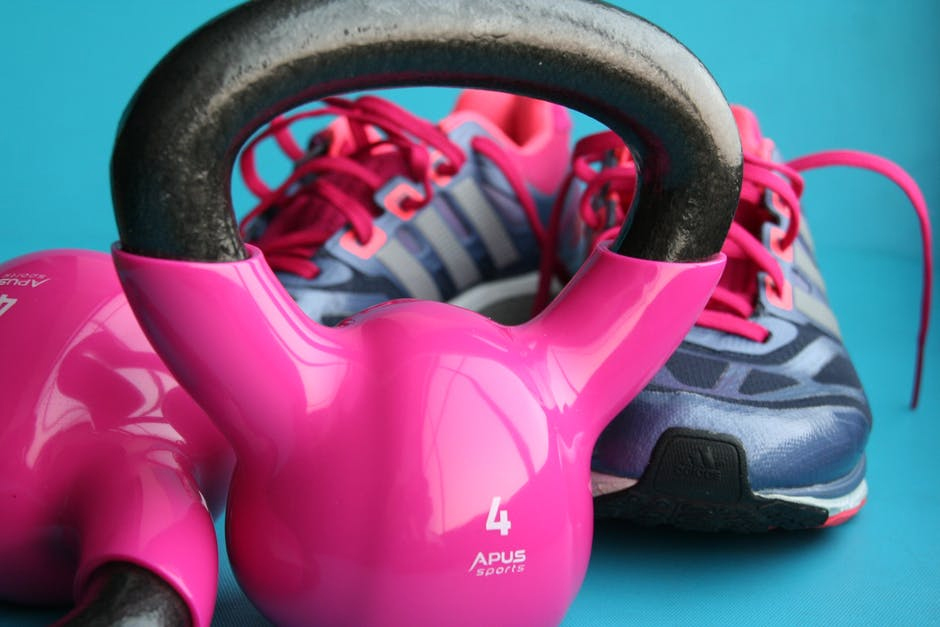
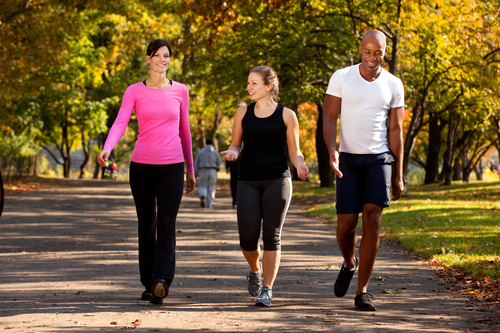 When it comes to the body’s adaptability and recovery response, the key is not pounding your body the same way everyday. Also follow the 10% rule-never increase your program (i.e. the amount of weight lifted or miles logged) more than 10% per week. This especially true when coming off an injury. Trying to make up for lost time courts disaster. Increasing the intensity, duration or frequency of your workouts too rapidly can interfere with your body’s amazing ability to adapt, resulting in overtraining, injury or both. Also there are new technologies like the
When it comes to the body’s adaptability and recovery response, the key is not pounding your body the same way everyday. Also follow the 10% rule-never increase your program (i.e. the amount of weight lifted or miles logged) more than 10% per week. This especially true when coming off an injury. Trying to make up for lost time courts disaster. Increasing the intensity, duration or frequency of your workouts too rapidly can interfere with your body’s amazing ability to adapt, resulting in overtraining, injury or both. Also there are new technologies like the 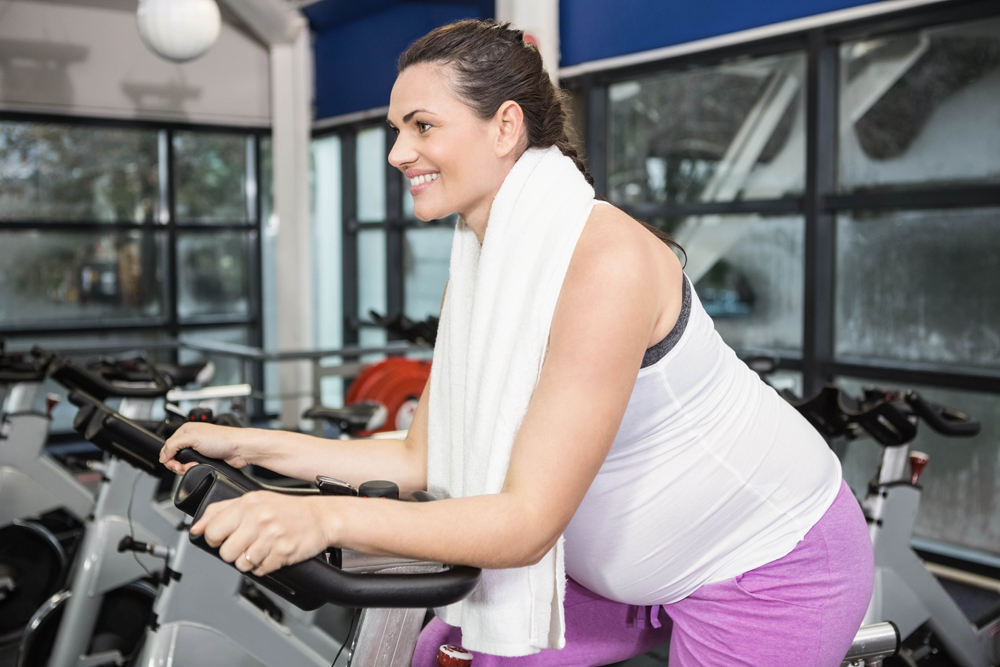
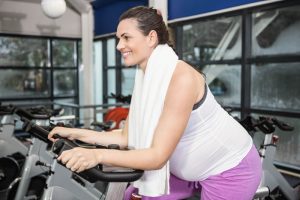 Weight-bearing exercise such as walking, dancing, and running help maintain bone mass and some studies suggest they are more effective for keeping pregnancy weight gain within normal limits. As pregnancy progresses some women may not be able to continue weight-bearing exercise because of back or round ligament pain. If modifications such as wearing a belly support don’t relieve discomfort, switching to non-weight-bearing activities such as swimming, stationary biking, or other types of stationary exercise equipment is recommended.
Weight-bearing exercise such as walking, dancing, and running help maintain bone mass and some studies suggest they are more effective for keeping pregnancy weight gain within normal limits. As pregnancy progresses some women may not be able to continue weight-bearing exercise because of back or round ligament pain. If modifications such as wearing a belly support don’t relieve discomfort, switching to non-weight-bearing activities such as swimming, stationary biking, or other types of stationary exercise equipment is recommended.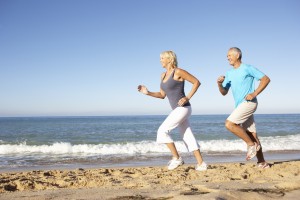
 How else can it affect us?
How else can it affect us?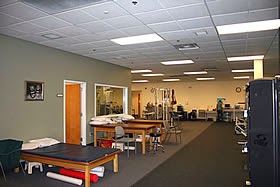


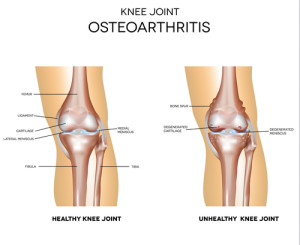 Osteoarthritis primarily affects older adults over 50. As opposed to most millennials today, this generation of adults didn’t grow up with exercise being a regular part of life. As such, there is a high degree of sedentary people who also suffer from osteoarthritis and needing joint replacement.
Osteoarthritis primarily affects older adults over 50. As opposed to most millennials today, this generation of adults didn’t grow up with exercise being a regular part of life. As such, there is a high degree of sedentary people who also suffer from osteoarthritis and needing joint replacement. I have worked with Dr. Irv Rubenstein to put together a course like none other that will get personal trainers up to speed as quickly as possible on the essentials. We go over what happens in the joints and how they deteriorate as well as what happens during and after joint replacement surgery.
I have worked with Dr. Irv Rubenstein to put together a course like none other that will get personal trainers up to speed as quickly as possible on the essentials. We go over what happens in the joints and how they deteriorate as well as what happens during and after joint replacement surgery.
 The studies concerned with the effect of Tai Chi on
The studies concerned with the effect of Tai Chi on 
 Rebounding is a complete cellular exercise, stimulating the activity of the lymphatic system (a critical part of the immune system). Rebounding 3-5 times per week at a minimum of 10-15 minutes at a time is highly beneficial. It is effective at a minimal bounce, using acceleration and deceleration, with each bounce, to open and close the one-way valves between the lymphatic system and the cells. Lymphatic fluid surrounds all of the cells of the body. While bounding toxins, poisons, and metabolic waste are pulled out of the cells into the lymph fluid, while oxygen and nutrients (transferred previously at the capillaries, from the blood) are pulled in the cells from the lymph fluid. Within the lymph system are lymphocytes, for example- white blood cells, which consume metabolic waste, bacteria, and dead cells. Rebounding keeps the lymph system moving and unplugged, so lymphocytes have free reign to do their job. More importantly, bounding does this without stressing the hips, knees, or ankles, or creating shin-splints. It can be done on a daily basis or multiple times per day without creating overuse injury.
Rebounding is a complete cellular exercise, stimulating the activity of the lymphatic system (a critical part of the immune system). Rebounding 3-5 times per week at a minimum of 10-15 minutes at a time is highly beneficial. It is effective at a minimal bounce, using acceleration and deceleration, with each bounce, to open and close the one-way valves between the lymphatic system and the cells. Lymphatic fluid surrounds all of the cells of the body. While bounding toxins, poisons, and metabolic waste are pulled out of the cells into the lymph fluid, while oxygen and nutrients (transferred previously at the capillaries, from the blood) are pulled in the cells from the lymph fluid. Within the lymph system are lymphocytes, for example- white blood cells, which consume metabolic waste, bacteria, and dead cells. Rebounding keeps the lymph system moving and unplugged, so lymphocytes have free reign to do their job. More importantly, bounding does this without stressing the hips, knees, or ankles, or creating shin-splints. It can be done on a daily basis or multiple times per day without creating overuse injury.

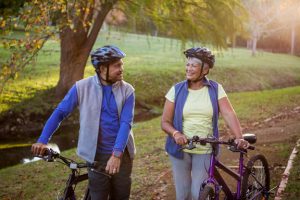 ften when we hear the term “fitness” – we automatically think of our physical health. Being mentally fit is equally as important. Cognitive fitness is a state of optimized ability to reason, remember, learn, plan and adapt that is enhanced by certain attitudes, lifestyle choices, and exercises. Better cognitive fitness translates into the ability to make better decisions, solve problems, and deal with stress and change. Neurogenesis is the process of developing new chemical messengers called neurons in the brain. This process can be profoundly affected by how you live your life. Here are eight strategies to help you facilitate the process of neurogenesis and have optimal cognitive functioning:
ften when we hear the term “fitness” – we automatically think of our physical health. Being mentally fit is equally as important. Cognitive fitness is a state of optimized ability to reason, remember, learn, plan and adapt that is enhanced by certain attitudes, lifestyle choices, and exercises. Better cognitive fitness translates into the ability to make better decisions, solve problems, and deal with stress and change. Neurogenesis is the process of developing new chemical messengers called neurons in the brain. This process can be profoundly affected by how you live your life. Here are eight strategies to help you facilitate the process of neurogenesis and have optimal cognitive functioning: Eat Specific Healthy Foods: Food plays a vital role in the health and proper functioning of the brain. Strive to eat real, whole foods such as fruit, vegetables, whole grains and lean meats – and drink eight 8oz bottles of water each day to keep brain cells hydrated. Apples, avocados, blueberries, unsalted nuts, broccoli and brown rice are great food choices for brain health.
Eat Specific Healthy Foods: Food plays a vital role in the health and proper functioning of the brain. Strive to eat real, whole foods such as fruit, vegetables, whole grains and lean meats – and drink eight 8oz bottles of water each day to keep brain cells hydrated. Apples, avocados, blueberries, unsalted nuts, broccoli and brown rice are great food choices for brain health.